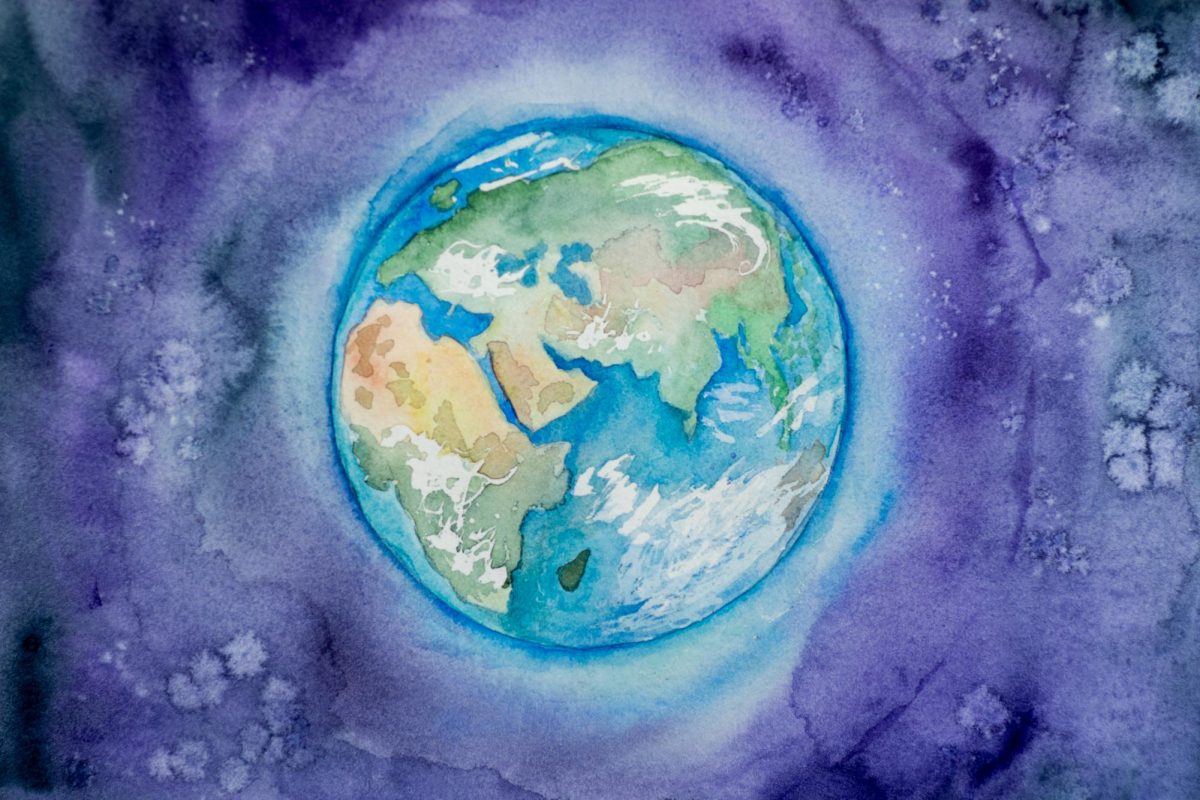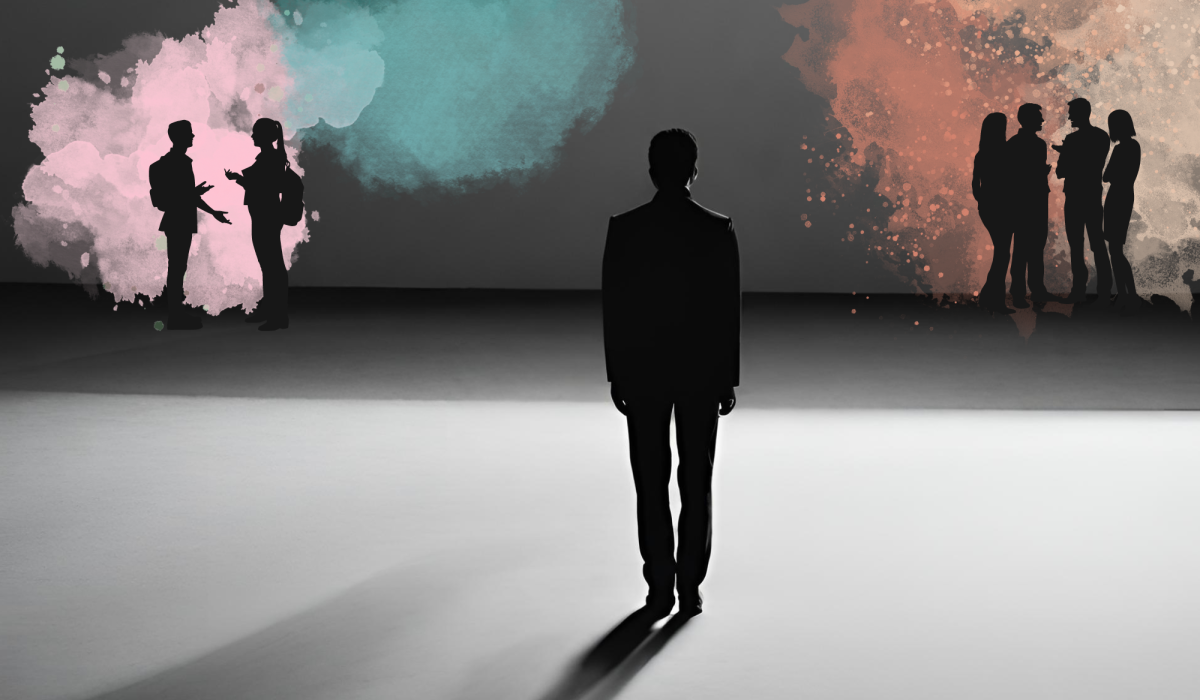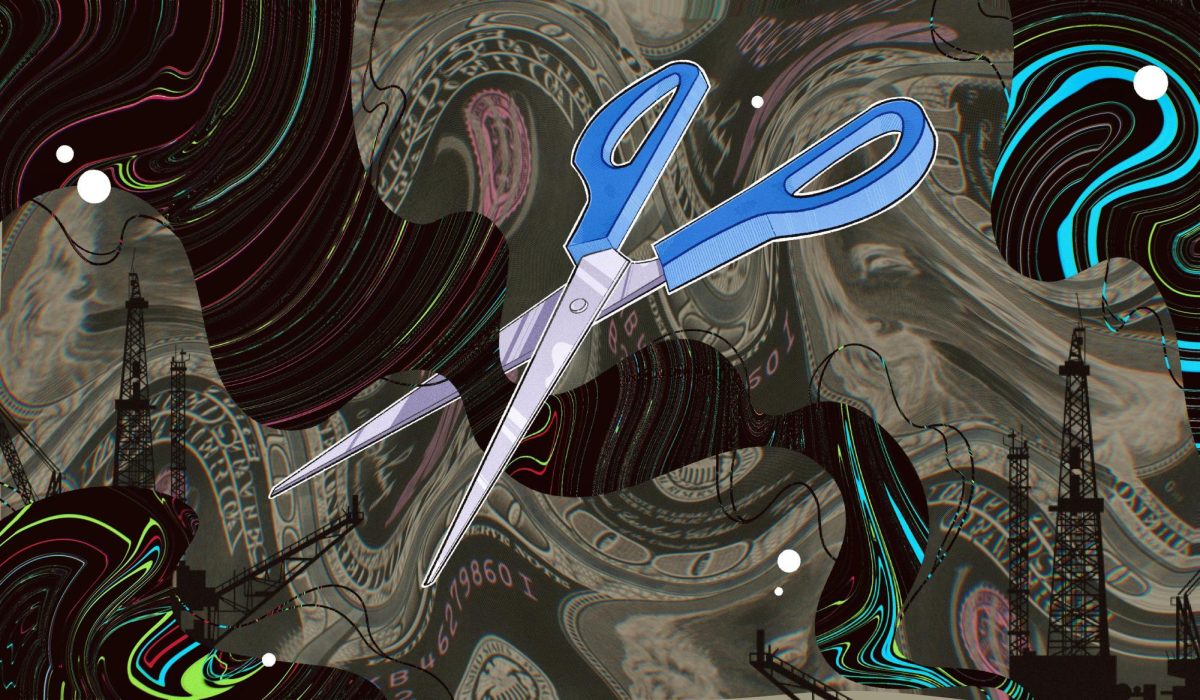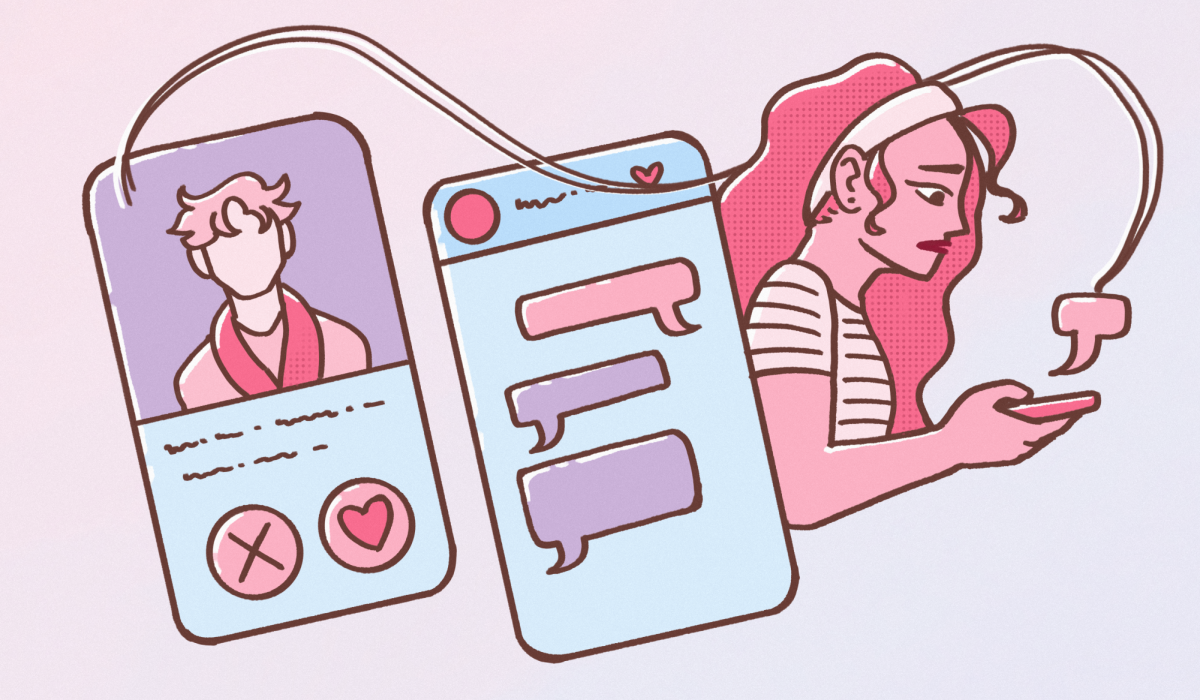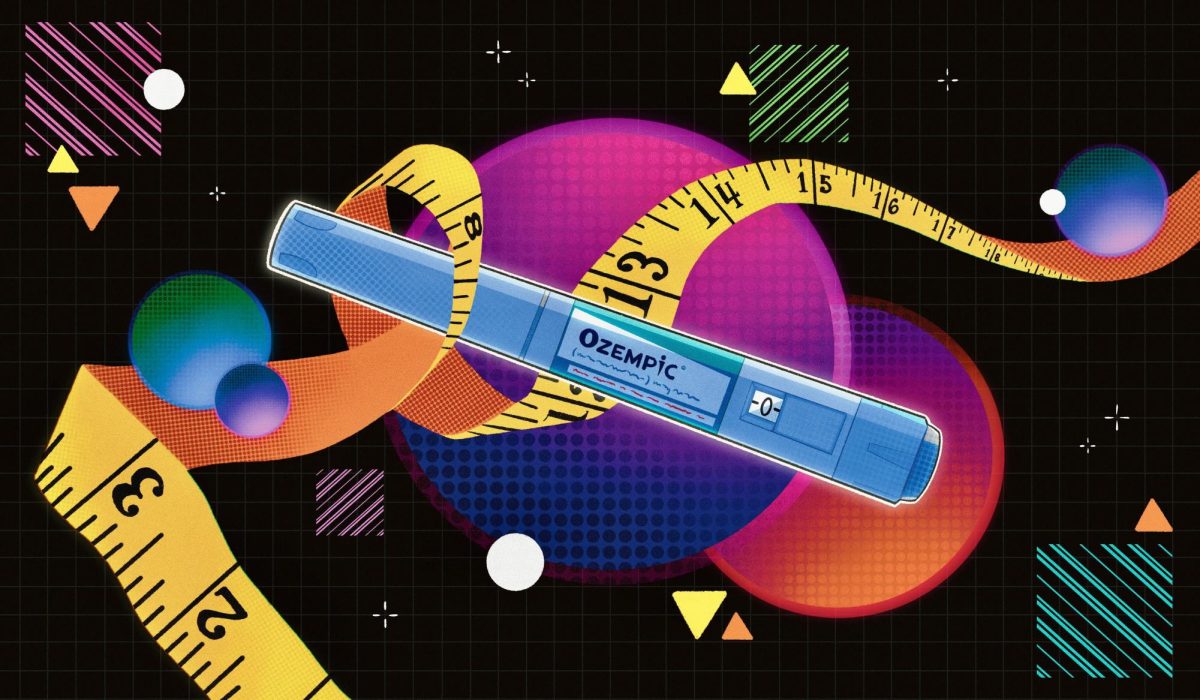It comes as no surprise that seemingly every media outlet has highlighted some smattering of detail regarding Taylor Swift’s recent release of “Red (Taylor’s Version),” the iconic remake of her already popular 2012 album “Red.” While these rerecordings certainly hold a significant artistic meaning for Swift, they also stand as a strong symbol of reclaimed power — power that was often denied to Swift as a young woman navigating the highly toxic and overly misogynistic labyrinth of the music industry. One song in particular, “All Too Well (Taylor’s Version) (10 Minute Version),” brings an unexpected awareness to the issue of unbalanced power dynamics that leave young, impressionable artists vulnerable to authority figures who don’t hesitate to capitalize on naivety. Swift’s overall album and presence in the industry from a very young age serves as a reminder of unfortunate instances of grooming and power imbalances that remain an ongoing issue even in an era that prides itself on progressiveness.
It is certainly heartwarming and encouraging to see so many female artists find success in the music industry; however, it’s important to remember that even though the industry seems to radiate success, these women are still subjected to individuals who control their career, their contracts, their music, etc. More often than not, those in control are men. In 2018, around 97% of producers in the industry were men, meaning that young artists are at risk for falling victim to the significantly unbalanced power dynamic present. This imbalance becomes apparent when we consider how common instances of sexual assault and sexual harrassment are between men and women. Male producers, record executives, and those in positions of power are more often than not the perpetrators of these unfortunate events. According to a study in the United Kingdom, around 60% of women in the music industry have been subject to sexual harassment. This figure is disappointingly high whereas accountability and efforts toward long-lasting change are disappointingly low.
Considering the young ages at which some female artists enter this dangerously male-dominated industry, the situation becomes more alarming. Oftentimes, sexual predators in the industry tend to entice young girls with the promise of fame and management only to capitalize on these girls’ contracted vulnerability. However, even if these young women willingly enter the sphere of fame and the world of celebrities, they are still highly vulnerable and likely to be taken advantage of.
Take Swift as an example. She first appeared in the music scene at the young age of 14 when she began her contract with Sony/ATV and became the youngest artist to sign on with the company. At such a young age, she was already privy to the unbalanced power dynamics present in the industry and has reportedly struggled against being controlled and bullied by Scooter Braun, her manager at the time, as well as the CEO of Big Machine Records, Scott Borchetta. This didn’t mark the end of Swift’s difficulties regarding male colleagues. About four years later, when Swift reached the legal age of adulthood, one of her first relationships featured an age gap of 13 years; the singer John Meyer was 32 at the time compared to Swift’s 19. She entered another unbalanced relationship a couple years later with actor Jake Gyllenhaal, featuring a 9-year age gap.
Unfortunately, Swift’s experiences are not isolated instances of grooming. The relationship between singer Marilyn Manson and childhood actress Evan Rachel Wood is one of the more disturbing examples. The couple met in 2005 when Wood was only 19-years-old and Manson was 36. They went public with their relationship two years later before eventually breaking it off in 2010 after getting engaged. Despite this instance happening more than 10 years ago, it seems the industry hasn’t adapted to prevent these incidents since young women are still being taken advantage of due to an unshifting hierarchy of male dominance. Even popular artists, like Olivia Rodrigo and Billie Eilish, have had their own encounters with age gaps. In Rodrigo’s case, she had just turned 18 when her relationship with 24-year-old music producer Adam Faze went public. This relationship is more than off-putting when considering that Faze is an older man who holds a position of power in the music industry while Rodrigo is a young, impressionable girl rising to a newfound fame. Yet, the media’s coverage of Faze and Rodrigo’s relationship is disturbingly normal with few outlets taking note of the age gap between the singer and producer. Rather than romanticizing the relationship and splattering pictures of the couple making public displays of affection, the media should be criticizing Faze’s actions and working to dismantle the idea that grooming is okay. This level of awareness is especially vital to change because once young women reach legal adulthood at the age of 18, these types of romantic relationships are technically allowed in the eyes of the law. However, on a moral and ethical level, they are far from acceptable.
It’s heartening to see women like Swift and Wood find the courage to speak out against grooming in the music industry and openly talk about their own experiences with it. When Swift recalls the events of her second relationship in great detail throughout “Red (Taylor’s Version),” she helps others recognize and acknowledge the emotional turmoil and pain that resulted in being taken advantage of at such an impressionable age. Stories like theirs serve as an important reminder and warning to other girls, which can help them avoid falling victim to similar situations. While more action and intervention is needed to balance out the power imbalances between men in power and female artists, awareness is a key step in beginning this arduous process. Hopefully, change is on the horizon.
Photo courtesy of NY Daily News.








